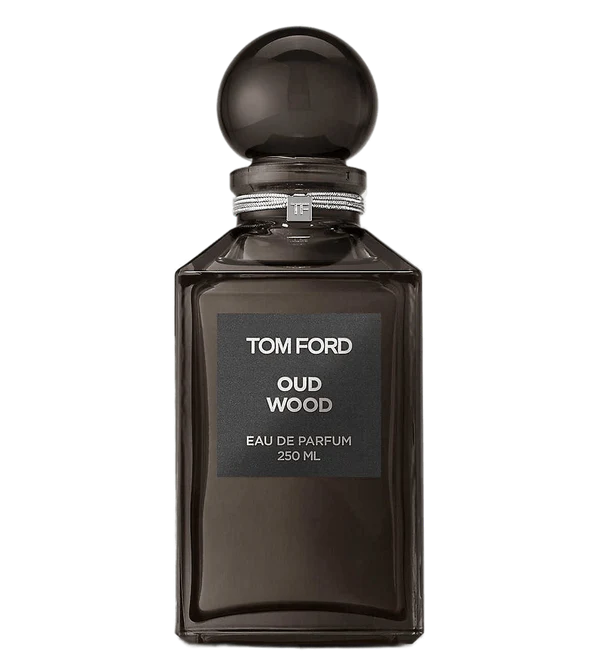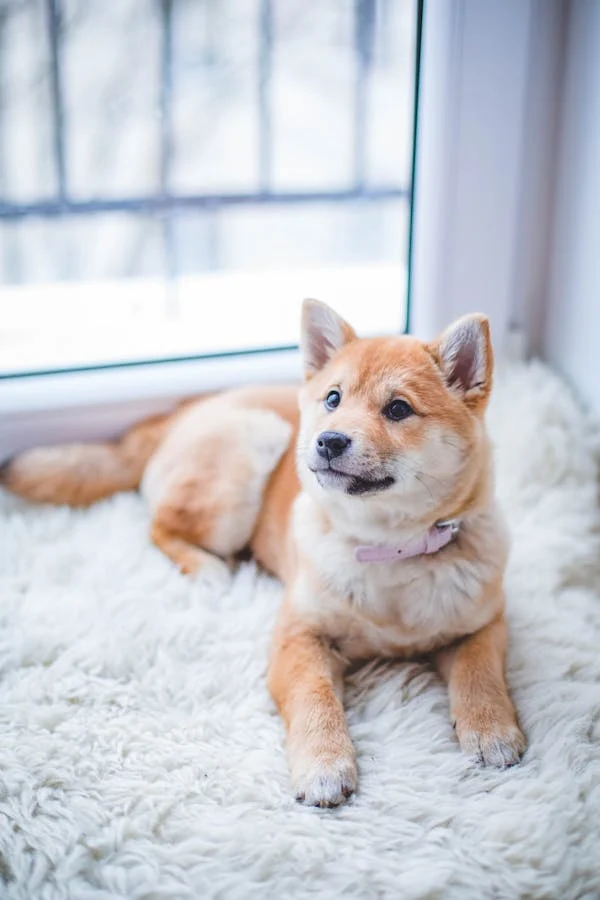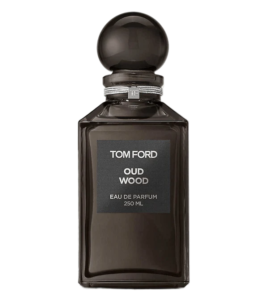PP Woven Bags for Durable and Eco-Friendly Packaging
There is always a demand for packaging materials that are cost-effective, lightweight, durable, and environmentally friendly in the packaging industry. One of such materials whose demand has been on the rise over the last few decades is polypropylene (PP). Of all the packaging types of polypropylene, Laminated woven polypropylene bags are very much the popular go-to option in most industries because of their impressive strength, flexibility, and eco-friendliness. This article delves into the facts about PP woven bags, ranging from their shapes and benefits to their typical uses, highlighting best-selling varieties.
What Are PP Woven Bags?
Weaving results in a tough, elastic, and tear-resistant material that is suitable for package and carry a multitude of products. PP woven bags differ from normal plastic bags in that they provide extra strength and reusability, something that has seen them massively adopted by companies aiming to cut down on their ecological footprint without the compromise of product quality.
The polypropylene is a thermoplastic polymer itself that is heavily utilized in packaging because it is resistant to chemicals, light in weight, and possesses improved tensile strength. Woven polypropylene fibers are capable of bearing a lot of wear and tear, and the fabric formed by them can be utilized for heavy applications.
Types of PP Woven Bags
PP woven bags are also available in various formats, each of which is designed to meet particular packaging needs. The most popular three formats, which are largely found in the market, are:
1. Laminated Woven Polypropylene Bags
Laminated woven polypropylene bags consist of PP woven bags laminated on one or two sides with a secondary plastic film, typically polyethylene. The lamination enhances the bag’s resistance to moisture, UV light, and other environmental factors, hence the contained products’ shelf life. The laminated coating also enhances the printability of the bag so that good quality, colorful prints and branding are achieved, which is very crucial in marketing.
They are suitably designed to transport products that need protection from water or dust, like fertilizers, animal feed, grains, and building materials.
2. Non Woven Polypropylene Bags
Non woven polypropylene bags are also different from woven bags when it comes to how they are manufactured. Rather than being woven from strands, non woven bags are constructed by bonding polypropylene fibers together using heat, chemicals, or mechanically. This produces a softer, more flexible bag with very good breathability.
Non-woven polypropylene bags are primarily utilized as reusable shopping bags, give-away bags, and even in agriculture. They are environmental-friendly compared to single-use plastic bags and have also gained popularity because they can be customized and recycled.
3. Polypropylene Woven Sack Bags
Polypropylene sack woven bags or PP sack bags are bulk packaging bag sacks that are specially made. The sacks are extremely resilient and resistant to tear, puncture, and stretching. Non woven polypropylene bags are usually utilized for packaging industrial products such as cement, chemicals, grains, and animal feed.
Because of their strength, polypropylene woven sack bags are stackable and can be shipped and therefore minimize packaging loss and ensure safe transportation of contents.
Advantages of PP Woven Bags
It is no wonder that PP woven bags have extensive use in various industries. They have some advantages over conventional packing materials, which are as follows:
Durability and Strength
PP bags due to their woven character possess excellent tensile strength, and hence they are capable of handling heavy loads without tearing or bursting. Due to being extremely strong, they find application in industrial usage where damage during transportation is likely to be high.
Cost-Effectiveness
When compared to other packaging materials such as jute, cotton, or paper sacks, PP woven bags are cheaper to manufacture and buy. They are also lighter in weight, hence are cheaper to transport, making them more cost-effective.
Reusability and Eco-Friendliness
One of the key advantages of PP woven bags is that they can be recycled. In contrast to single-use plastic bags, the PP woven bags can be reused repeatedly, reducing the need for repetitive replacement. Furthermore, most PP bags are also recyclable, and developments in manufacturing are rendering them more biodegradable to reduce their environmental impact.
Moisture and Chemical Resistance
Laminated polypropylene sacks, specifically, are very resistant to water and most chemicals. They are, therefore, used in packaging climate-sensitive items like fertilizers, seeds, and food products.
Customizability
PP woven bags are easy to customize in size, color, and print. This makes it possible for companies to customize packaging based on branding demands or certain requirements of products. Laminated surface provides better print clarity, with appealing logos and product details easily discernible.
Common Applications of PP Woven Bags
Agriculture and Food Industry
PP woven bags have found widespread application in packaging agricultural crops such as seeds, grains, rice, flour, sugar, and animal feeds. The bags shield the produce from insects, adulteration, as well as from moisture, preserving the produce freshness while in storage and transit.
Construction Industry
The construction industry is also dependent on the polypropylene woven sack bags to pack building materials like cement, sand, gravel, and chemicals. The bags are very strong and robust and are easy to handle and stack in construction sites.
Retail and Shopping
Non woven polypropylene shopping bags are a popular choice among those who seek something aside from plastic shopping bags because they are reusable and have nice appearances. Even stores utilize laminated woven polypropylene bags to wrap bulk such as rice or sugar with durability and nice-looking prints.
Chemical and Industrial Packaging
Chemicals and powders are loaded in Polypropylene woven sack bags as they are corrosion and puncture-resistant. Laminated forms provide additional waterproofing and protection against atmospheric impurities.
Conclusion
PP woven bags are an affordable, long-lasting, and more environmentally friendly option in packaging. Through laminated woven polypropylene bags to delicate products from moisture, non woven polypropylene bags to light reusable applications, or polypropylene woven sack bags to heavy industrial applications, the bags transformed the way industries solve issues in packaging.
Their sustainability, affordability, and eco-friendliness make PP woven bags a suitable choice for companies that wish to ensure performance while also being sustainable. With technology and raw materials developing further, the usage of PP woven bags in international packaging is likely to become even more prominent.
Frequently Asked Questions (FAQs)
Q1: What is the difference between laminated woven polypropylene bags and non woven polypropylene bags?
Woven polypropylene fabric laminated bags consist of woven polypropylene fabric with a laminated protective layer, which is stronger and water-resistant. Non woven polypropylene bags are composed of bonded fibres of polypropylene, creating a softer and more flexible cloth, typically utilized in reusable promotional or shopping bags.
Q2: Are PP woven bags environmentally friendly?
PP woven bags are a better option than single-use plastic bags since they are recyclable and reusable. Nevertheless, polypropylene is not a biodegradable material, and therefore, care should be taken when disposing of and recycling to avoid wastage.
Q3: Can polypropylene woven sack bags be used for heavy industrial products?
Yes, polypropylene woven sack bags are used for heavy-duty purposes, e.g., for packing heavy industrial goods like cement, fertilizers, and chemicals. As they are woven, they are strong and protective during handling and transport.












